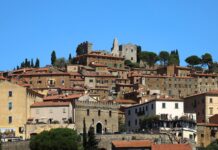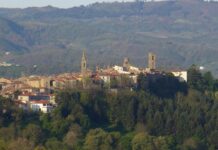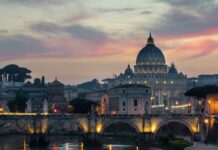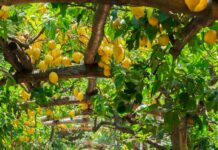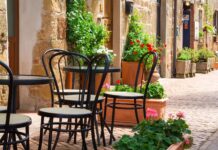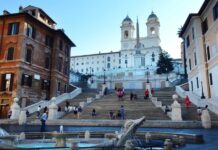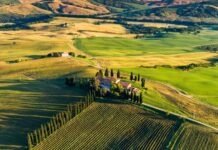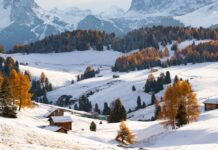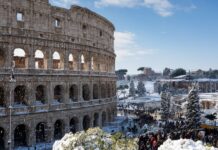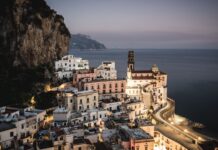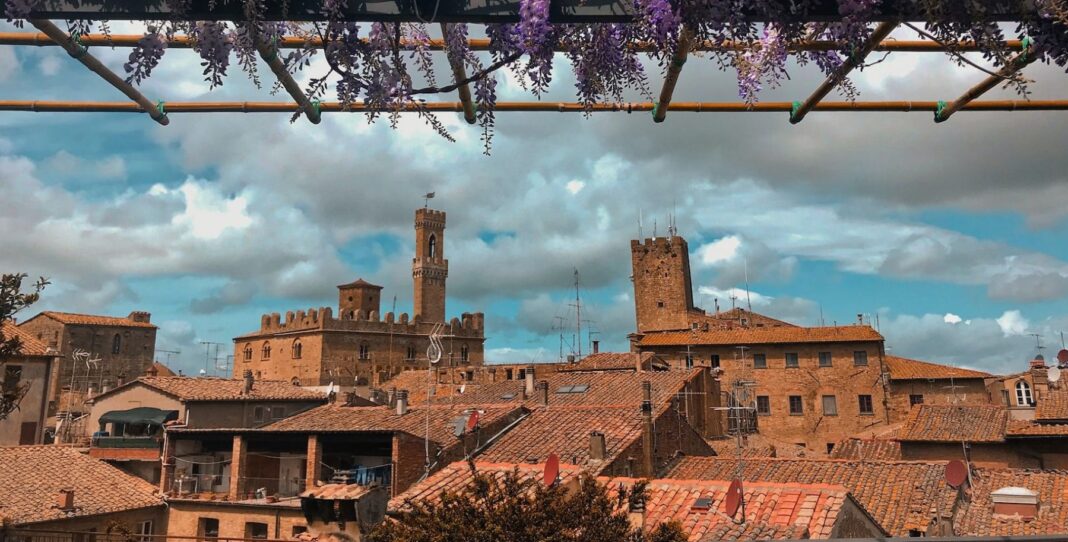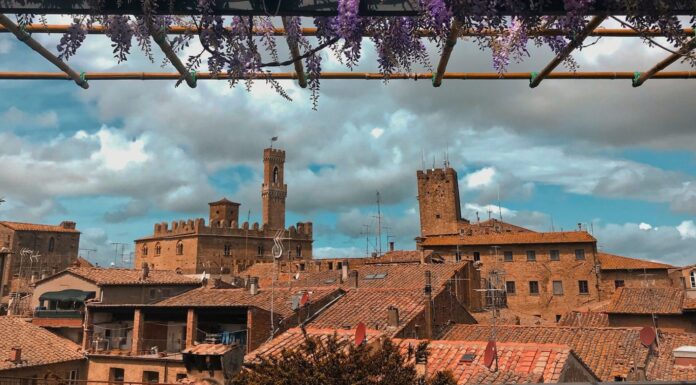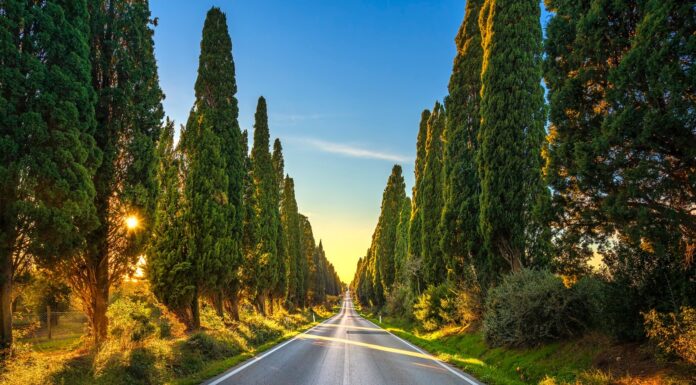There’s no getting around the fact that many towns in Tuscany are famous for their wines. But is that all that Tuscany has to offer?
While the region certainly produces some of the best wines in the world, many of its towns have so much more to offer than what meets the eye. Some of the best towns to visit in Tuscany are gems with historical and cultural significance, with movie-like cobblestone streets and medieval fortresses. Some straddle the Mediterranean coast and are gateways to pristine beaches and aquamarine waters.
But an important question remains: with so many options, which ones are the best to visit? Keep reading to figure out which towns are the perfect destinations for your next trip to Tuscany.
Most Beautiful Small Towns to Visit in Tuscany
1. Pienza
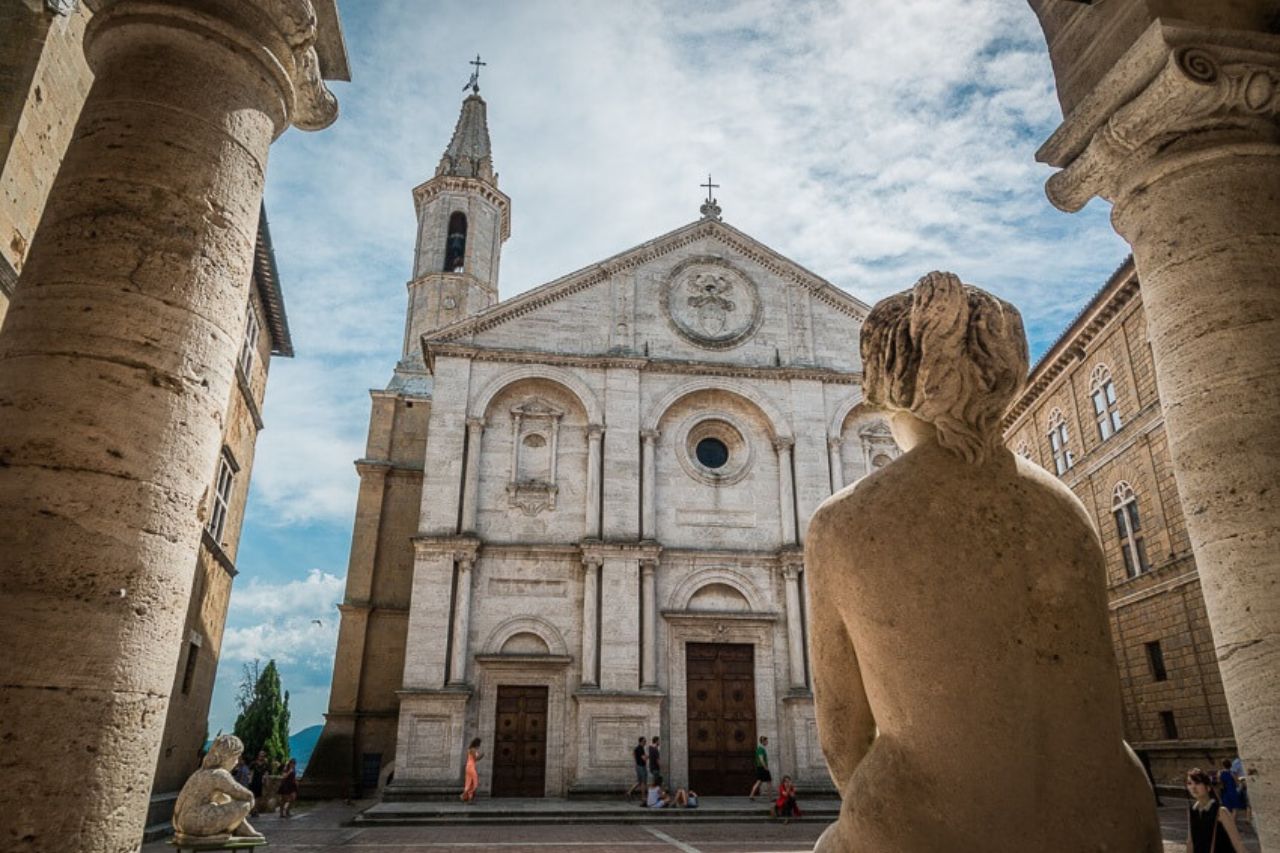
Pienza sits on a hill in the famous Val d’Orcia, in between the towns of Montalcino and Montepulciano. With elegant palaces, churches, and Renaissance architecture, it’s not surprising that the town has been a UNESCO World Heritage site since 1996.
Attractions of particular interest include the town’s center, Palazzo Borgia, and Pieve di Corsignano. Corso Rossellino, Pienza’s main street, offers plenty of opportunities to shop for clothes, artisanal cheeses, and other goods.
Pienza’s long-standing tradition of making cheese focuses on pecorino, made from the milk of the sheep that graze on the surrounding hills. Visitors can sample the pecorino and learn about the cheese-making process at local farms and shops. If you’re in town during the first weekend of September, head to the Fiera del Cacio, a fair dedicated to traditional eats like pecorino.
2. San Gimignano
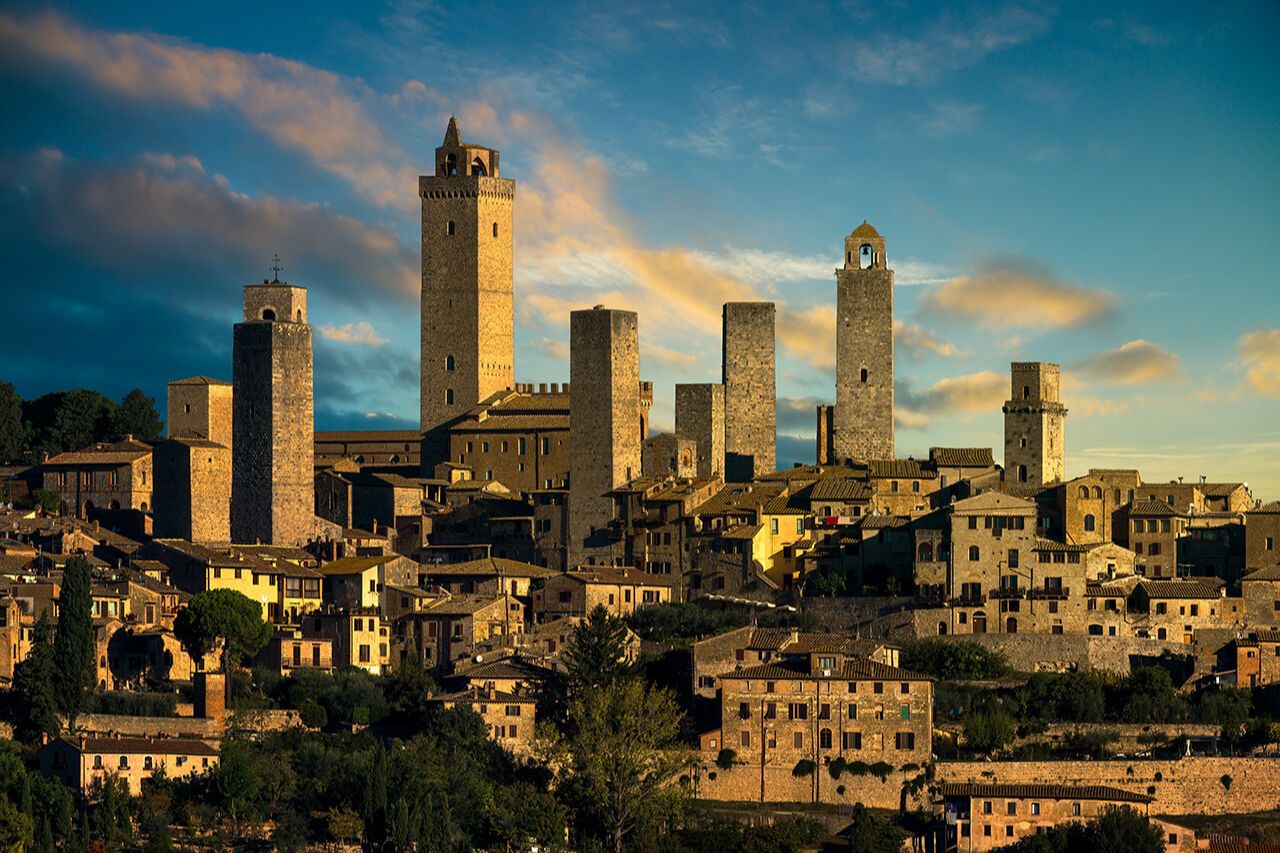
Like Pienza, San Gimignano is a stunning UNESCO World Heritage Sight and is one of the prettiest towns in Tuscany. Its towering buildings create a medieval skyline, making the city especially unique.
When exploring the historic center of San Gimignano, one should not simply marvel at its towering buildings; a visit simply isn’t complete without admiring the Duomo. This cathedral was built in 1148 and is still regarded as one of the most esteemed in all of Tuscany. The inside showcases a collection of Florentine frescoes from Benozzo Gozzoli and Jacopo della Quercia, among other artists.
Continue exploring the town’s center to discover the Torri di San Gimignano, plazas, and magical palaces including Palazzo Chigi-Useppi and Palazzo del Podestà.
3. Pitigliano
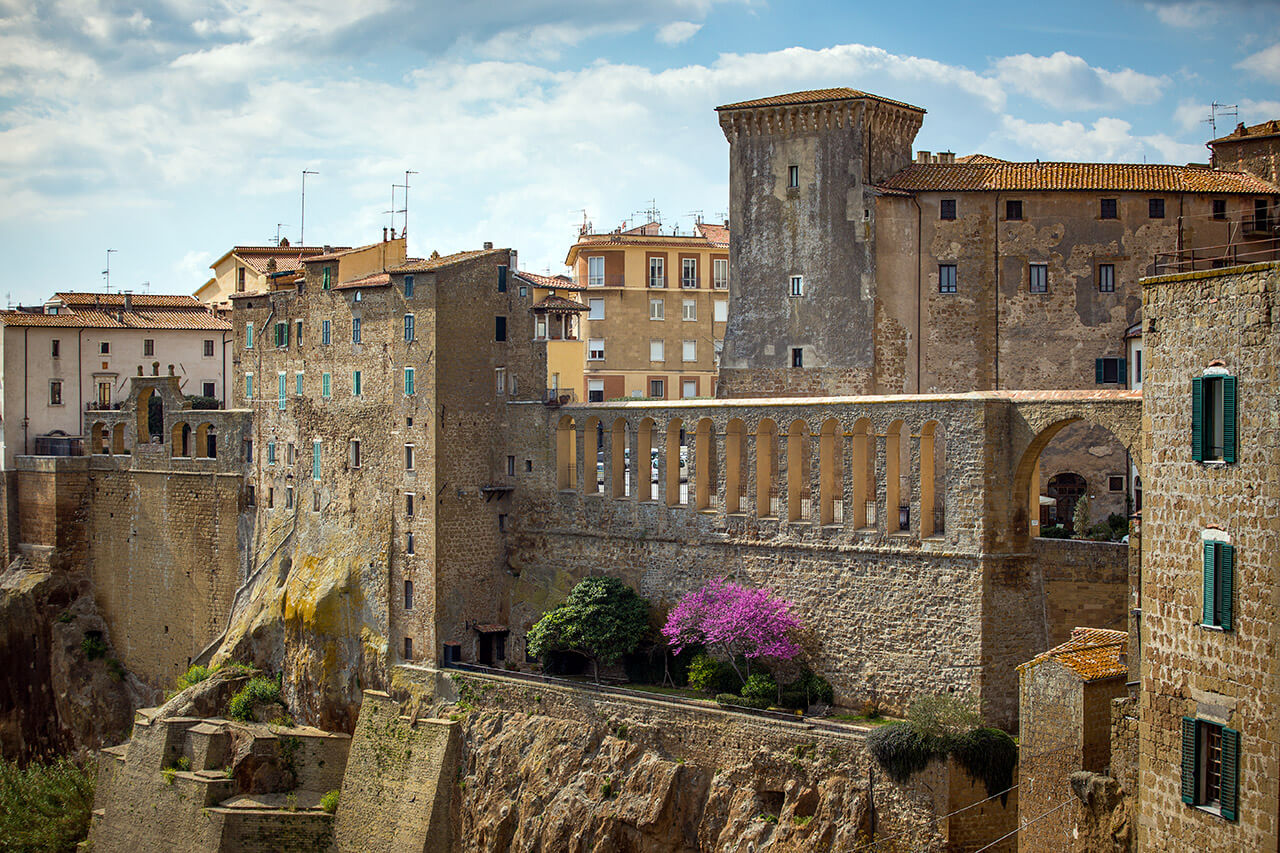
With the title of one of Italy’s most beautiful villages, Pitigliano oozes charm and authenticity. The town is in Tuscany’s Maremma region, a coastal area known for its nature, Mediterranean views, and tasty eats.
Along with Sorano and Sovana, Pitigliano is one of the so-called “Tufa Towns”. Built into steep cliffs of volcanic tufa rock, visitors can see the ancient buildings appear to melt into the cliffside.
Another part of Pitigliano that makes it truly special is its Jewish quarter, also called “Little Jerusalem”. You can visit the synagogue and the Museum of Jewish Culture to learn more about Jewish history and culture.
4. Volterra
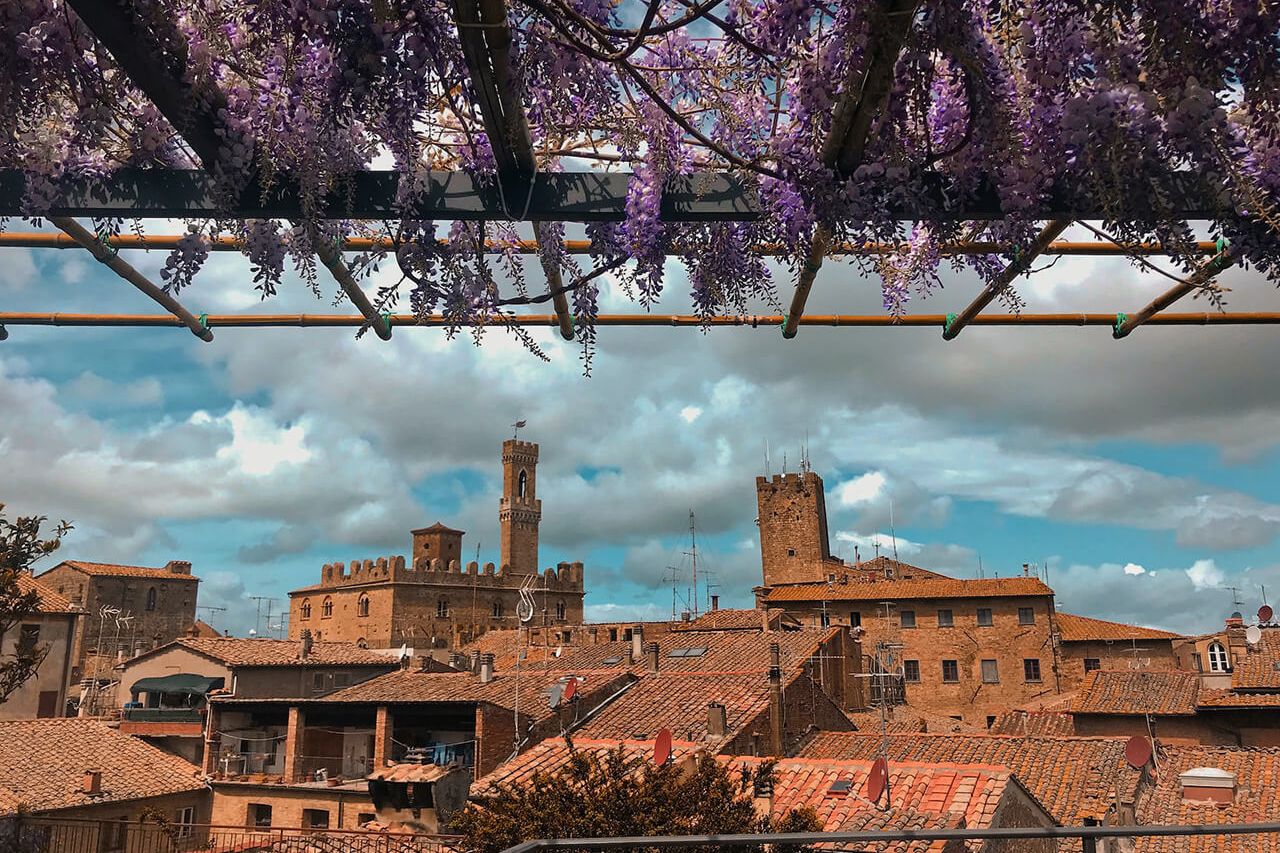
Volterra, famous in pop culture for its role in the Twilight sequel, is a true gem for those who seek to immerse themselves in the region’s rich artistic heritage. The city’s charming streets wind through the historic center, bringing visitors to the Etruscan Museum, the Pinacoteca, and the Museum of Sacred Art.
Keep exploring to find Piazza San Giovanni, the heart of Volterra’s artistic and religious district. Here, you can gaze up at amazing examples of Tuscan medieval architecture, like the Cathedral of Santa Maria Assunta and the Baptistery of San Giovanni. The Palazzo dei Priori, built in Gothic style, stands nearby, too.
Visitors should use their time in Volterra to learn about the city’s production of alabaster, a craft that’s been passed down from generation to generation. Check out the town’s alabaster museum and some of the many artisanal alabaster shops.
5. Massa Marittima
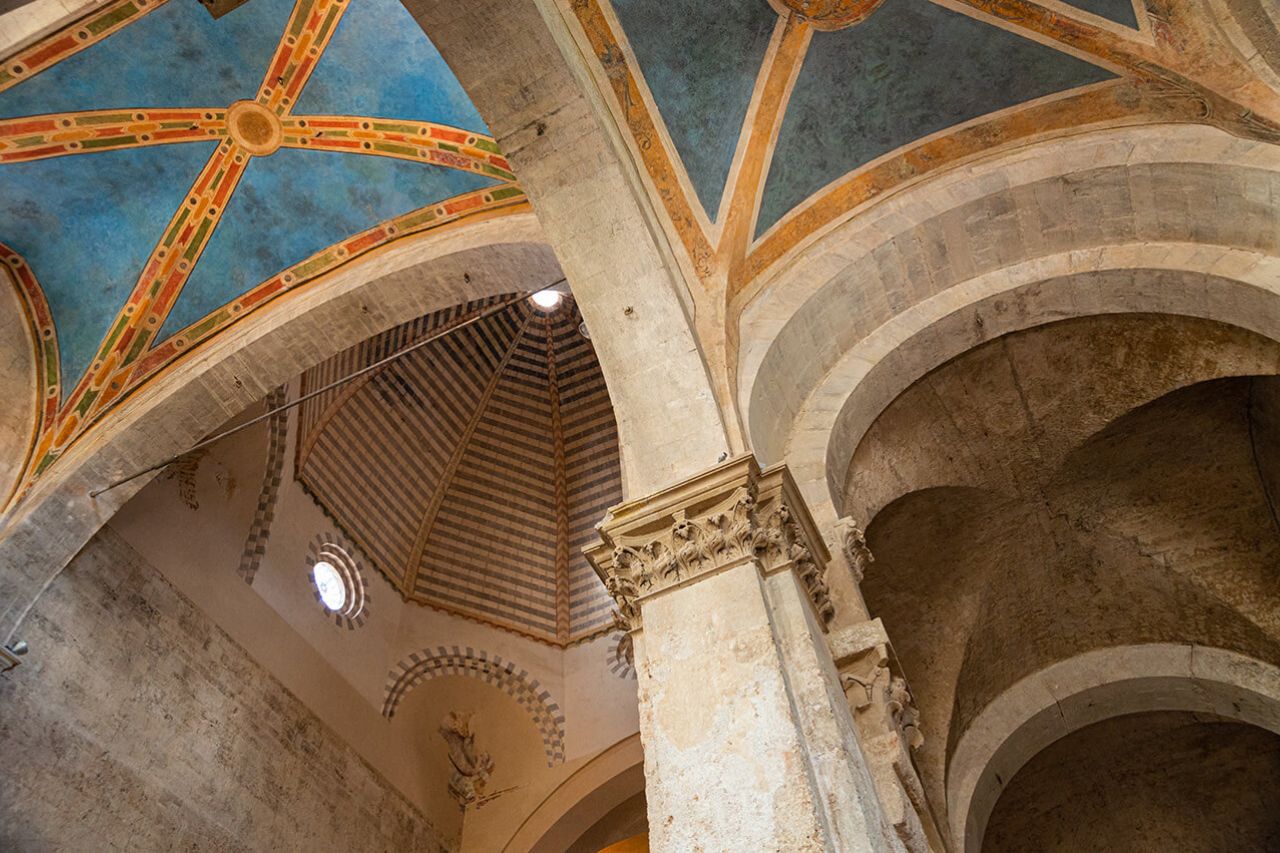
The town of Massa Marittima, located in southern Tuscany, is a quaint destination where visitors can escape tourist traps and crowds of visitors.
Many treasures await, like the Cathedral of San Cerbone, the Palazzo Comunale, and the Loggia del Mercato. Surrounding Massa Marittima are ancient and medieval walls and gates, including Porta Silici and Porta San Bernardino.
The Torre del Candeliere is not to be missed. From the top of these towers, you can take in the panoramic views of the red tile roofs encompassed by rolling hills.
This Tuscan town also has plenty for history buffs and science lovers, like the Mining Museum and the Archeological Museum. The latter, housed in Palazzo del Podestà, boasts a chronologic collection of items from the Paleolithic Age up until the Etruscan Age.
Tours in small Tuscan Towns
Best Wine Towns in Tuscany
6. Montepulciano
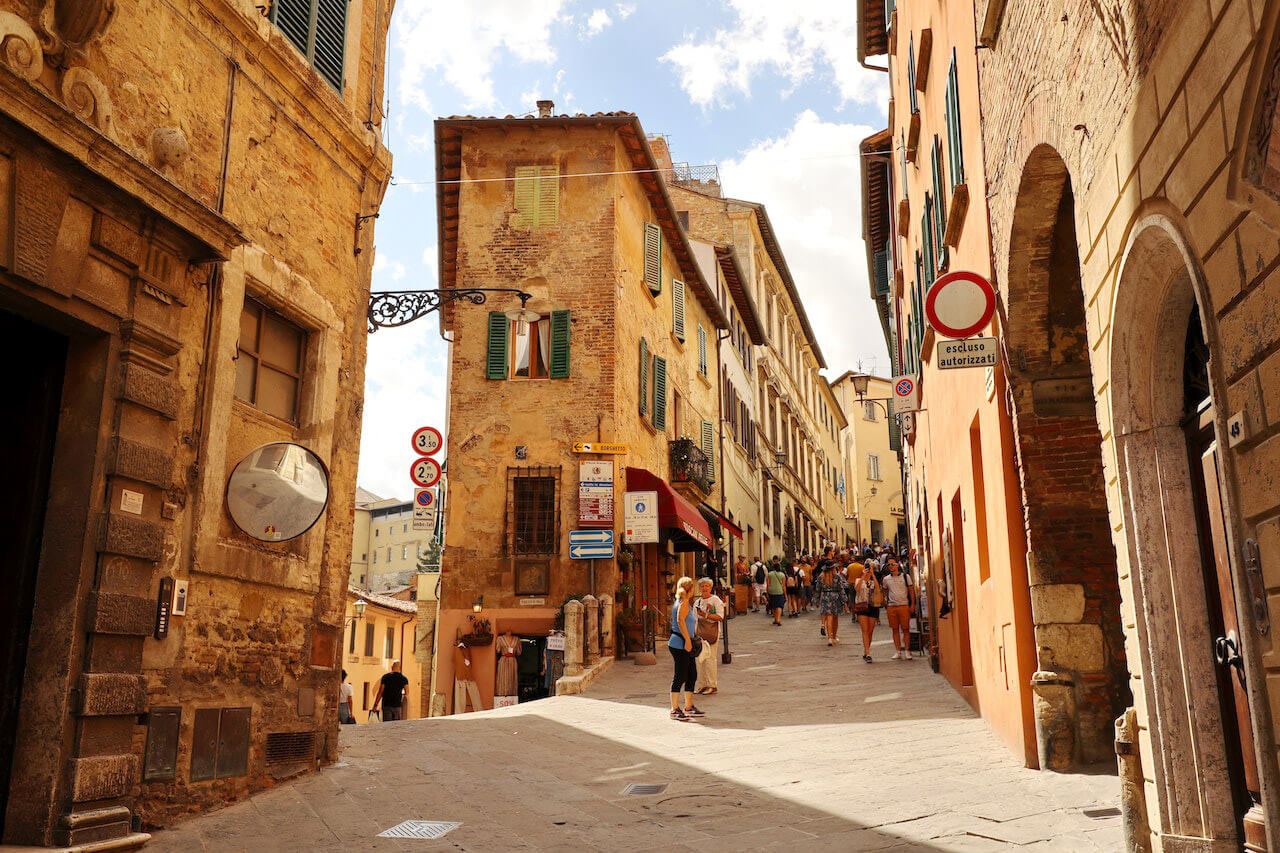
Perched atop a hill just southeast of Siena, Montepulciano is a medieval town with a special charm that’s worth exploring.
The heart of Montepulciano is the Piazza Grande, where numerous events are held, including the thrilling barrel-racing Bravio delle Botti contest.
From the town, you can absorb breathtaking views of the surrounding Val d’Orcia and Val di Chiana valleys. The countryside is dotted with vineyards that produce the famous Nobile wine, making Montepulciano special for wine connoisseurs.
In the area, wineries produce the famous Vino Nobile di Montepulciano DOCG, a red wine that has been said to be the “most noble of all wines”. The intense ruby red drink is reported to be full and complex, with hints of black cherry, currant, and cacao.
7. Bolgheri

Bolgheri is a small town located in western Tuscany, about 10 km from the shore of the Mediterranean.
Since the Bolgheri area is the birthplace of the famous Super Tuscans, the town is perhaps most known for its wine culture. These unique variations differ from other Tuscan wines because they aren’t solely made from the traditional ingredient: Sangiovese grapes. Super Tuscans use either a combination of Sangiovese and other grapes, or only other grape varieties. You can find plenty of vineyards and wineries to tour in the Bolgheri area.
This town in Tuscany offers other opportunities to experience Italian culture, too. Drive down the impressive Viale dei Cipressi, a long, straight avenue that’s lined with elegant cypress trees. At the end, you’ll reach the Oratory of San Guido, a small church built in the early 18th century.
Bolgheri is close to the Mediterranean, so once you’ve explored the stone streets and the surrounding vineyards, you can relax on pristine coastal beaches.
8. Montalcino

This Tuscan town, also known as the “Brunello village,” is situated to the west of Pienza. Its nickname comes from its production of a globally famous wine: the Brunello di Montalcino.
Winemakers began experimenting with the local Sangiovese grapes in the 19th century and ended up creating this wine that can age for a long time. The Brunello di Montalcino is celebrated for its lovely garnet color, harmonious body, and hints of fruit, light vanilla, and mixed jam.
Montalcino and the surrounding area have plenty to offer besides wine, from delicious hiking and cycling trails to the gorgeous medieval center. In the centro, you can check out the fortress, the main square, and the narrow alleyways.
Visitors can simply marvel at the brick buildings and the arched doorways to humble and authentic shops as they stroll through Montalcino’s streets.
9. Castellina in Chianti
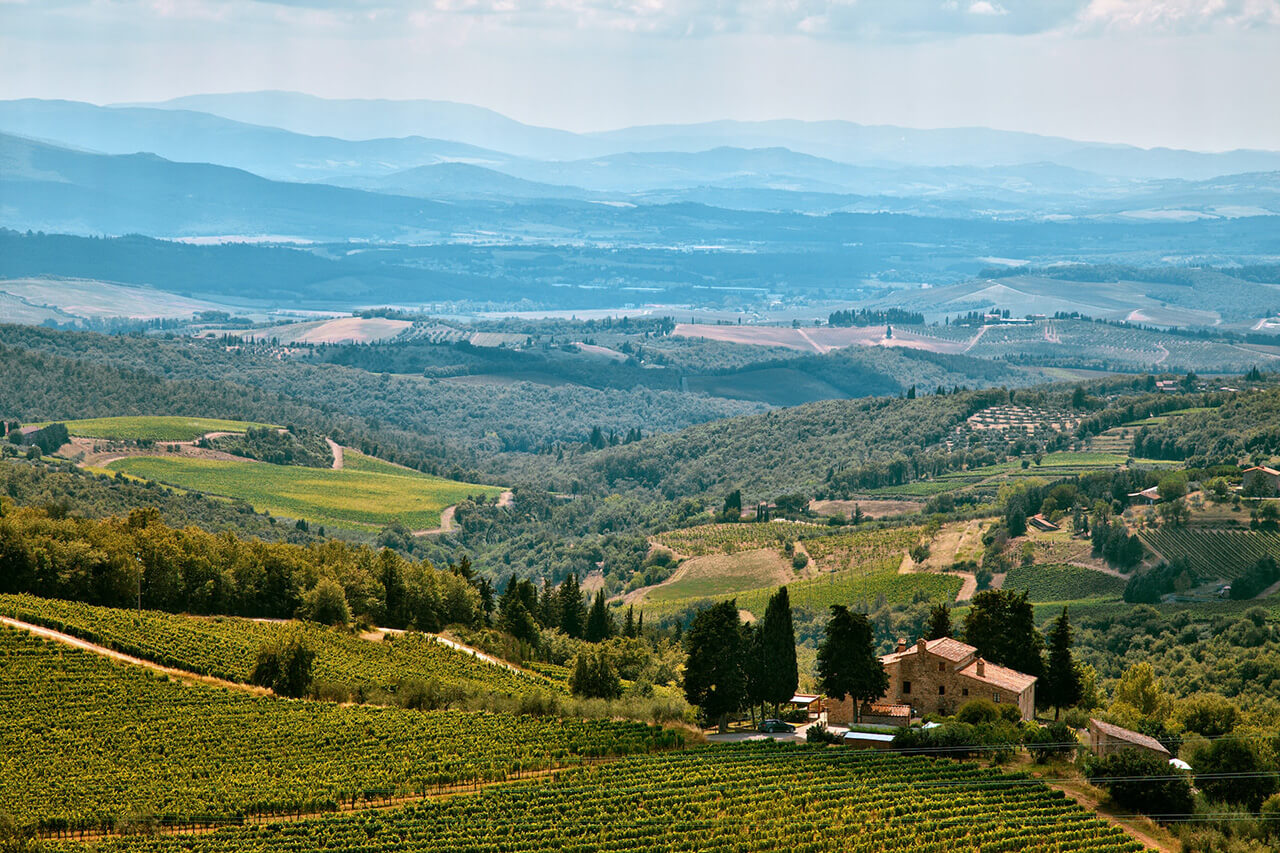
Tuscany’s Chianti region is extremely famous for, well, its Chianti wines. Castellina in Chianti is one of the many small towns in the area, and it doesn’t slack off in its wine production.
It’s home to many prestigious vineyards and wineries, which visitors can tour as they taste wine and learn about the region’s history. Poggio Amorelli, La Castellina, and Azienda Agricola Casamonti are just a few of the wonderful destinations for wine exploration.
Castellina in Chianti has an impressive historic center, dominated by 14-century fortresses, and stone streets that connect local shops and boutiques. Don’t skip on the Gelateria Castellina, which serves curious gelato flavors, or the Castellina Archaeological Museum.
10. Suvereto
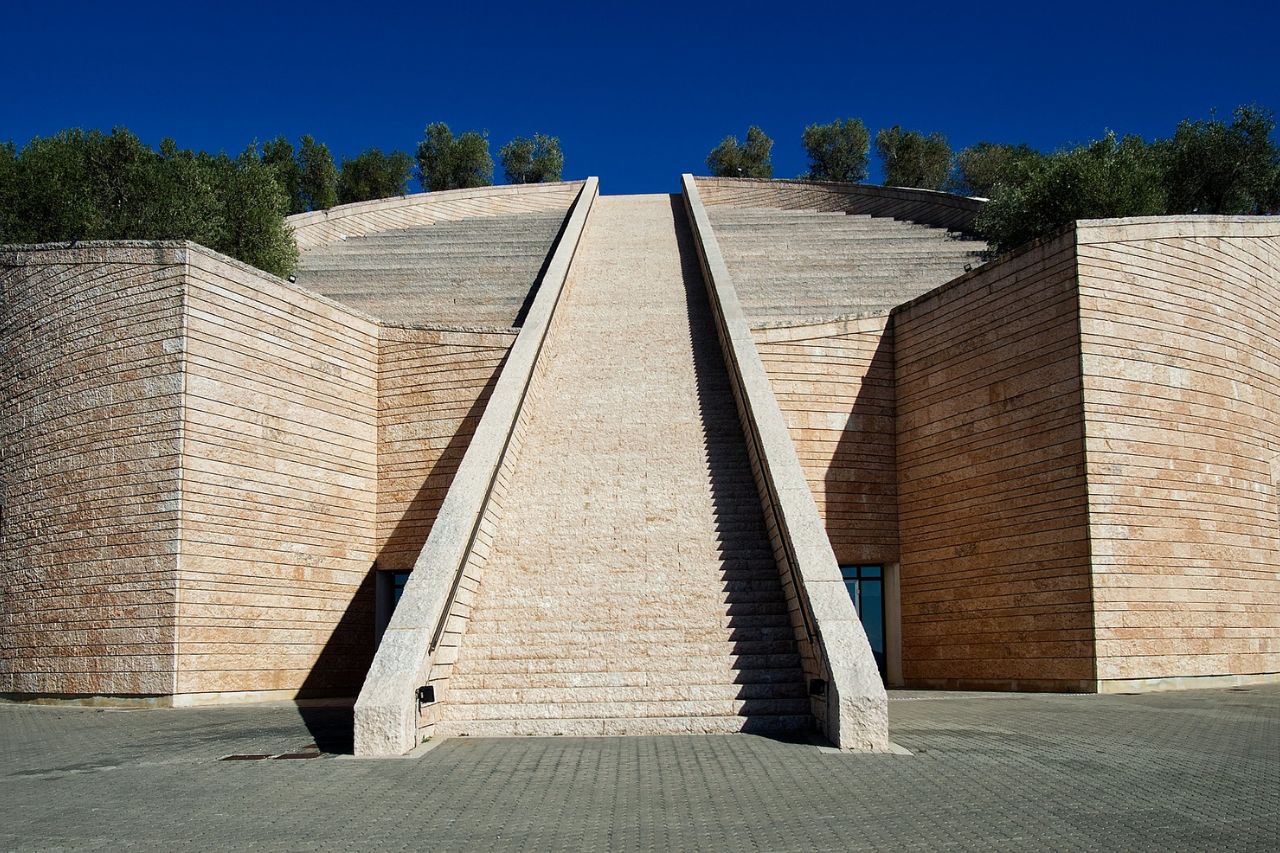
Situated in the Tuscan Maremma, Suvereto is a well-preserved town that dates back to the Etruscan and Roman periods.
Check out the intriguing Museo Artistico della Bambola, which houses dolls throughout history, and the Rocca Aldobrandesca, which offers sweeping views of the valley.
Like the other remarkable wine towns in Tuscany, Suvereto is surrounded by hilly vineyards. Its most famous wine, the DOCG Val di Cornia Suvereto, is made from a blend of Sangiovese, Cabernet Sauvignon, Merlot, and Syrah grape varieties.
The village also hosts a wine festival every September, allowing visitors to sample local products.
Wine Tasting Tours in Tuscan Towns
Best Coastal Towns in Tuscany
11. Castiglione della Pescaia
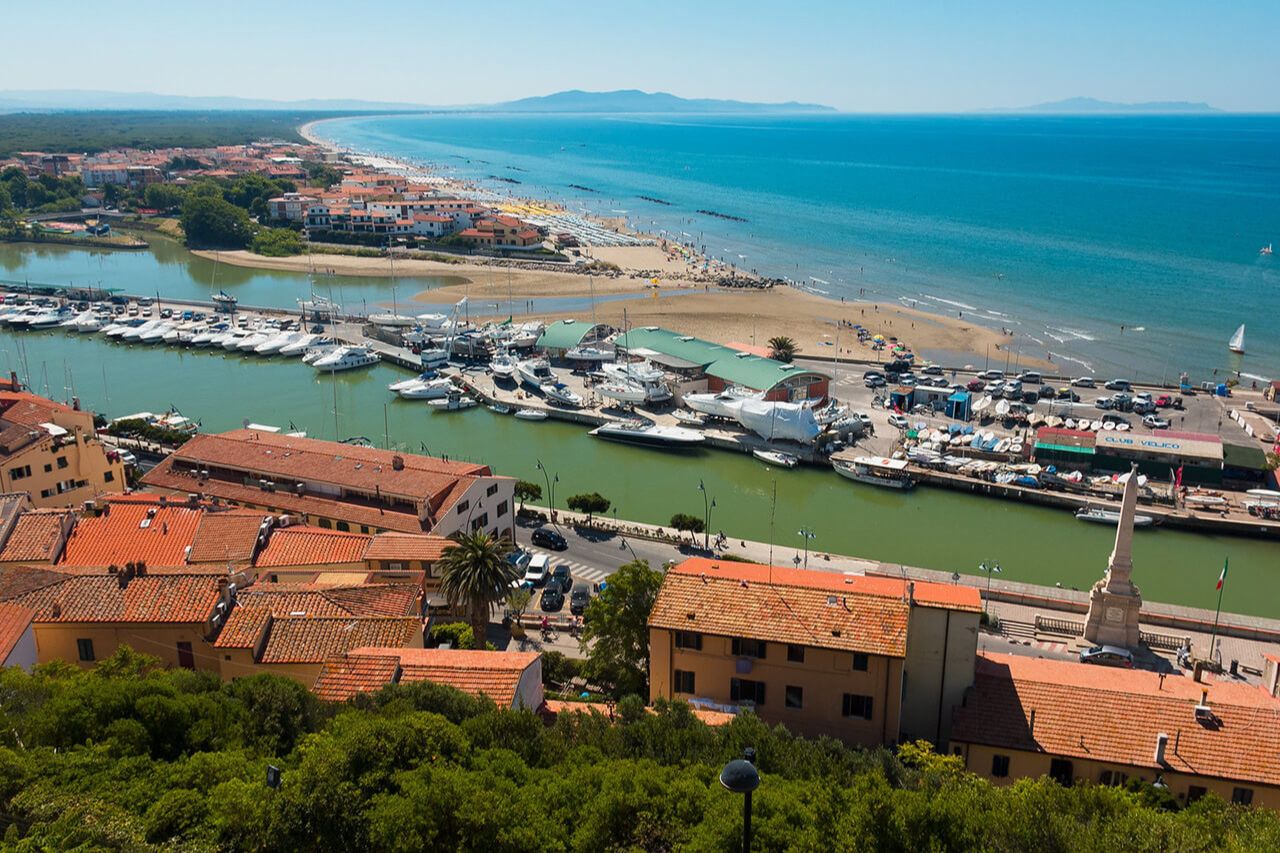
Castiglione della Pescaia is one of the most charming seaside towns in Tuscany, sitting along the Tyrrhenian Sea. As a port town, there’s no shortage of things to do here.
The castle that overlooks the port boasts amazing views, as does the seafront. The historic center is packed with important monuments, like the Church of Madonna del Giglio and the Church of San Giovanni Battista.
However, Castiglione della Pescaia is perhaps most well-known for its beaches. Spiaggia di Ponente, Spiaggia di Levante, Spiaggia delle Rocchette, and Le Marze are the main ones. In addition to swimming, visitors can snorkel, windsurf, and partake in other water activities.
12. Porto Ercole
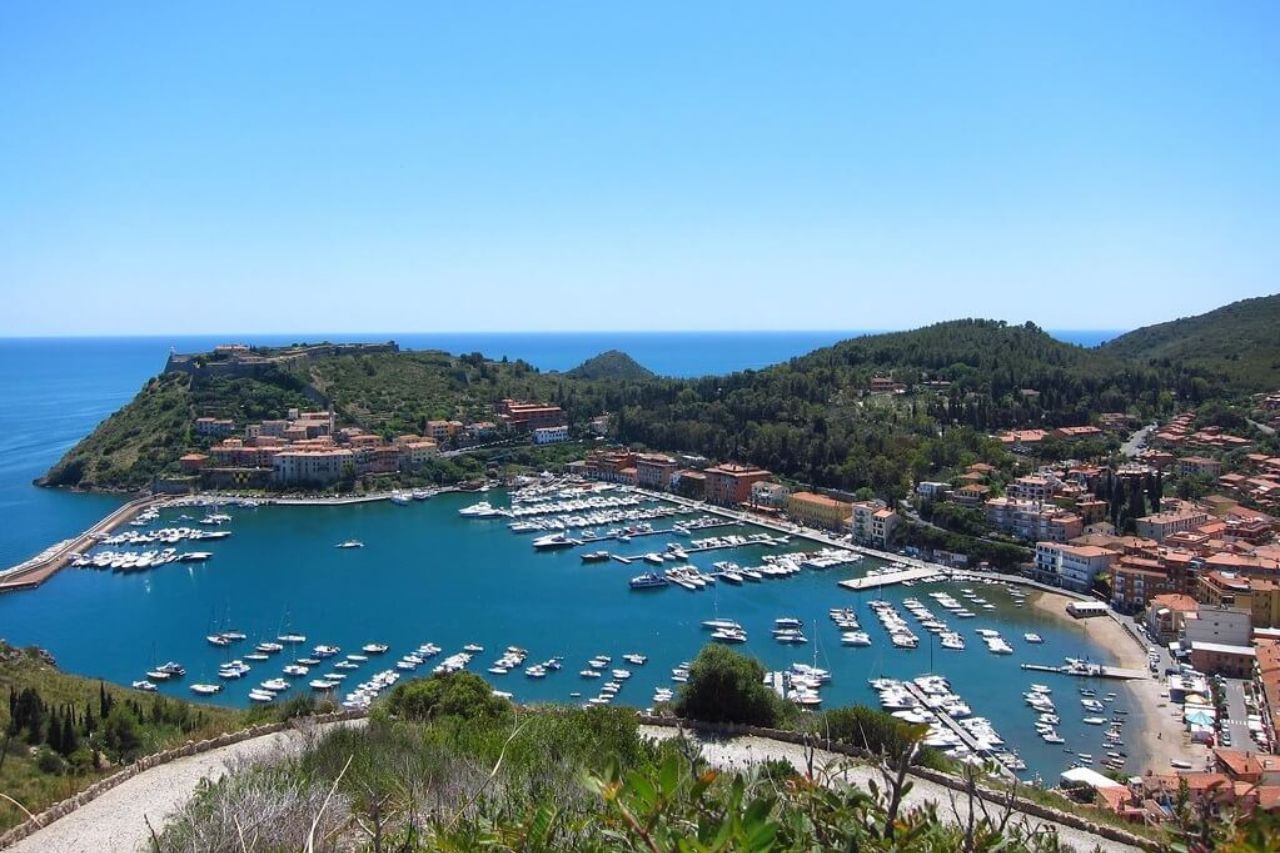
Situated on the Monte Argentario peninsula, Porto Ercole is the definition of a seaside Italian town.
The town’s port has a path that hugs the sea, lining it with restaurants, rental shops, boutiques, gelaterias, and more.
There are plenty of beaches within the area of Porto Ercole. Ocugi’ Cala Galera Spiaggia, for example, is a nearby beach club that features sunbed rental options and casual outdoor bars. Le Viste and Spiaggia Lunga are other great beach options.
In addition to the fantastic beaches, Porto Ercole has some magnificent seafood and fascinating Spanish fortresses.
13. Castiglioncello
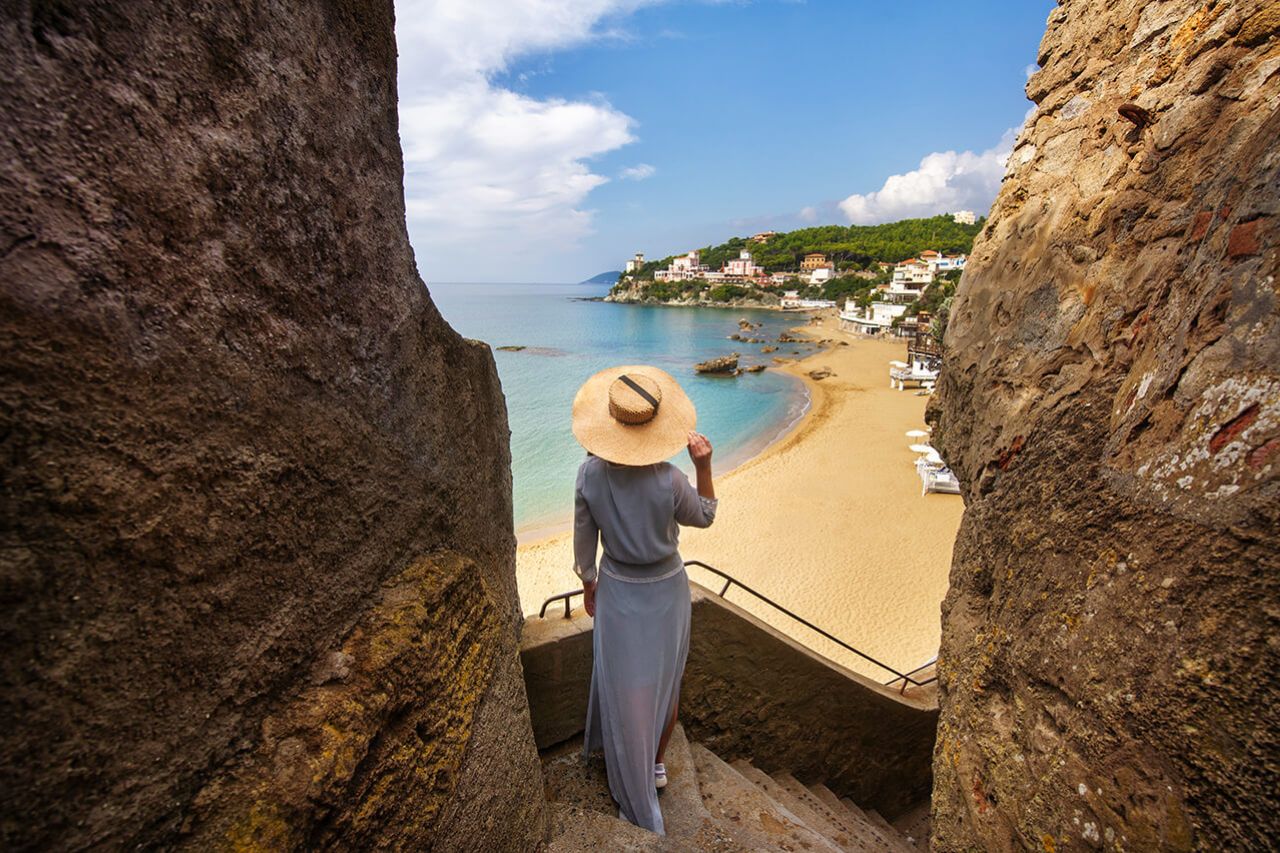
Just below Livorno, and slightly farther down from Pisa, sits Castiglioncello. This town is popular among Italians but remains relatively unknown to tourists. It’s even been the destination of writers and artists seeking inspiration throughout history and for a reason.
It’s a small yet impressive town with buildings atop vertical cliffs that disappear into the sea. Castiglioncello offers a range of rocky and sandy beaches, but all of them feature crystalline water.
Baia del Quercetano is a popular beach here, but keep in mind that it’s not easily accessible- you’ll need to walk down almost 100 steps to get there.
In addition to the beaches, Castiglioncello has a small castle-turned-cultural-center, called Castello Pasquini. This attraction features a park and is the location of many summer events, such as plays.
14. Talamone
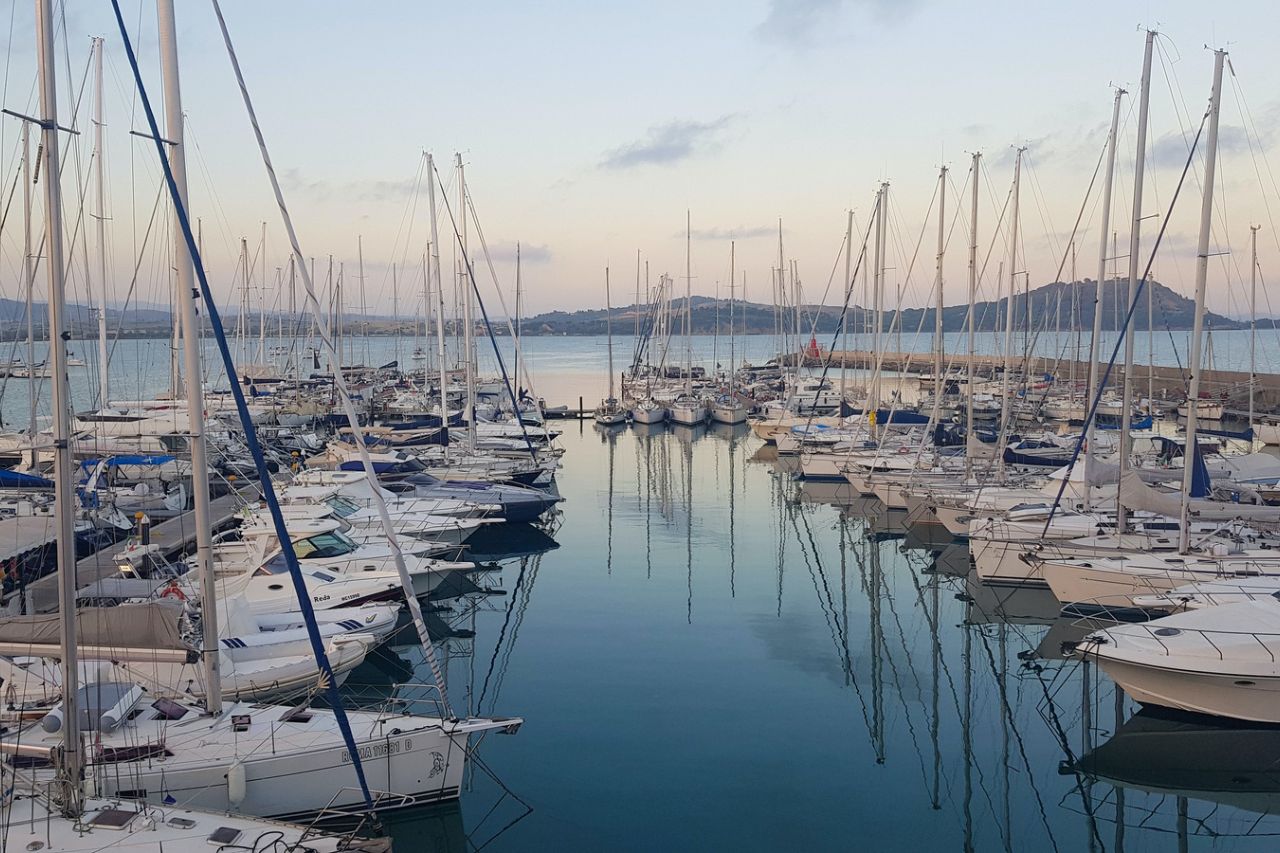
Combining natural beauty with Italian history, Talamone dates back to Etruscan times and features medieval architecture.
The town exudes Italian charm with its vibrant stores, restaurants, and gelato shops that line the narrow streets. Piazza Garibaldi is Talamone’s main square, and it serves as a lively meeting space for Italians and tourists alike.
Sitting on the edge of the Tuscan Archipelago National Park, this village is a great destination for adventurers and sea lovers. Visitors can go swimming, sailing, snorkeling, windsurfing, and kiteboarding around Talamone. Or, they can head to the nearby islands of Elba, Giglio, and Montecristo.
15. Orbetello
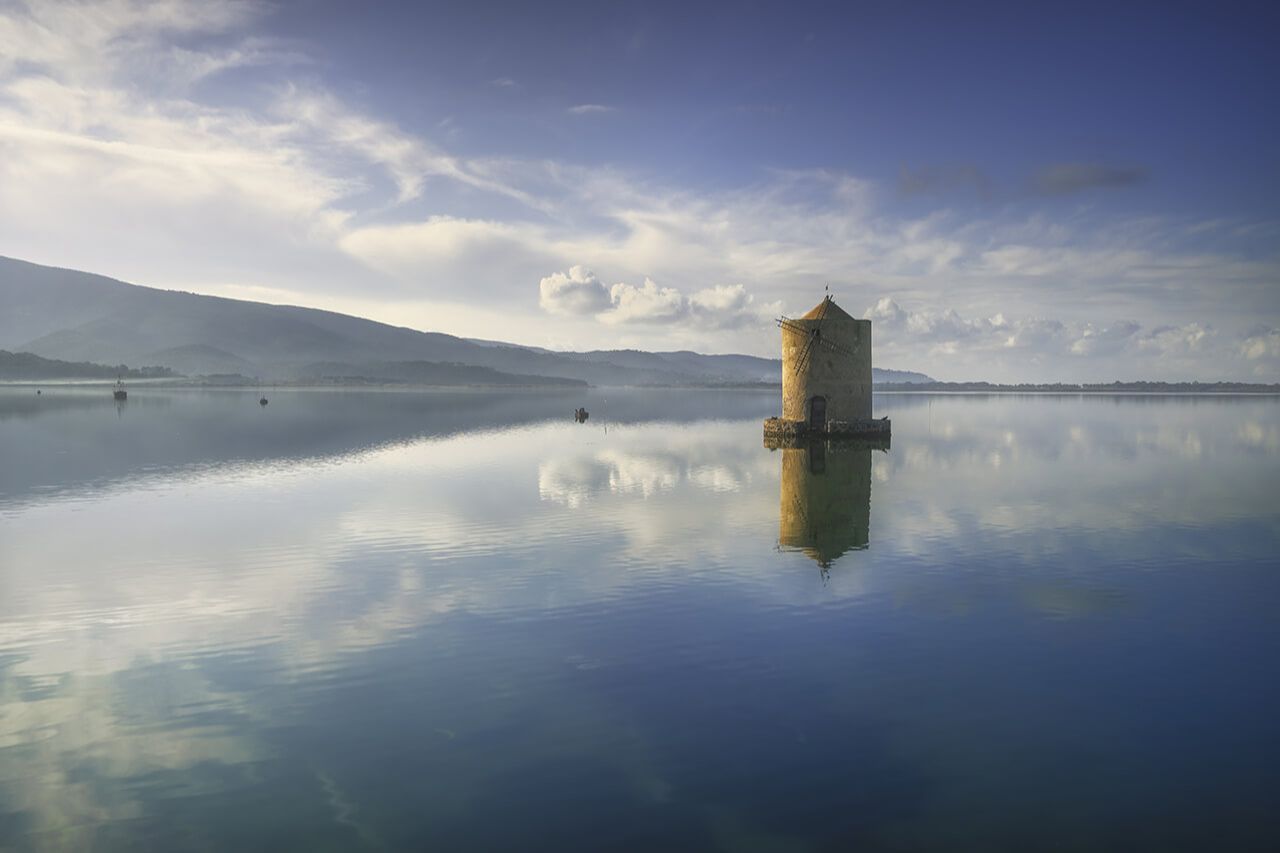
Last but certainly not least on our list is Orbetello, a town that’s linked to the Argentario peninsula. Sitting on a thin stretch of land in between the peninsula and the mainland, Orbetello overlooks two Mediterranean bays.
That means that there are plenty of beaches to enjoy in the Orbetello area. Feniglia Beach, which stretches along with its sandy shores, is perhaps the most famous here.
However, there are some other nearby beaches that offer more diversity, like La Bionda and La Cacciarella. Here, you can enjoy sand, pebbles, and turquoise waters while you spend your day relaxing.
Beyond the beaches, Orbetello is gastronomically rich. Don’t leave before trying the plentiful seafood dishes, like freshly caught fish, pasta with seabass ragu, or smoked eel.


